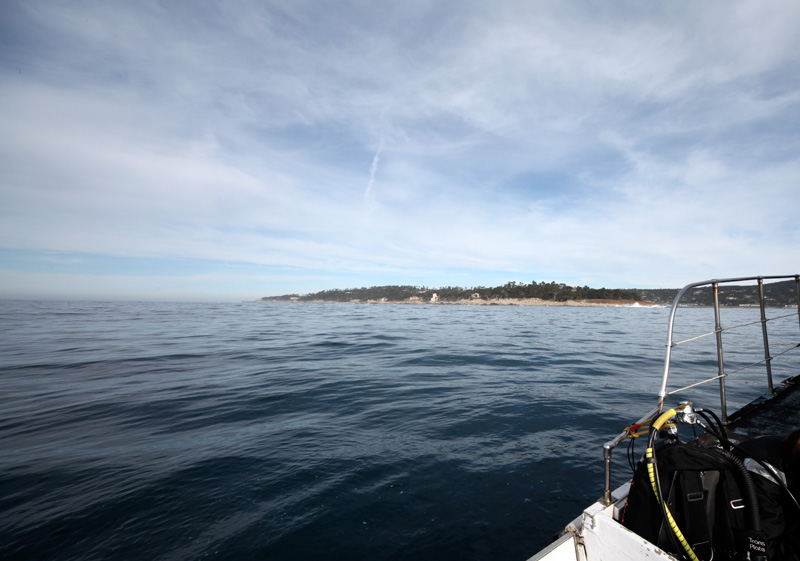 “This is a great day for California’s ocean and coastal resources,” said Secretary for Natural Resources John Laird. “As promised, we have completed the nation’s first statewide open coast system of marine protected areas, strengthening California’s ongoing commitment to conserve marine life for future generations. Through the process, we also established the first ever special designation allowing tribes to continue ancestral fishing practices on the North Coast.”
“This is a great day for California’s ocean and coastal resources,” said Secretary for Natural Resources John Laird. “As promised, we have completed the nation’s first statewide open coast system of marine protected areas, strengthening California’s ongoing commitment to conserve marine life for future generations. Through the process, we also established the first ever special designation allowing tribes to continue ancestral fishing practices on the North Coast.”
The public planning process for the north coast region began in June 2009 and included numerous public workshops and more than 75 days of meetings that provided opportunities for formal and informal public input through a regional stakeholder group, a science advisory team, and a blue ribbon task force. Public comments were also received throughout the regulatory and environmental review processes for the proposed north coast MPAs.
“Our decision today was made possible by the hard work and dedication of hundreds of stakeholders up and down the California coast,” said Michael Sutton, Vice President of the Fish and Game Commission who presided over the historic vote. “California can be proud not only of its new, comprehensive network of protection for the marine environment, but of the cutting-edge public process that made it happen.”
The north coast regulations include a provision for federally recognized tribal members to continue harvesting and gathering fish, kelp and shellfish as they have for countless generations. The provision will allow non-commercial take to continue, consistent with existing regulations, in MPAs other than state marine reserves, where there is a record of ancestral take by a specific tribe.
“We sincerely appreciate the state’s willingness to hear the concerns of the tribes and develop a plan that meets critical marine conservation and tribal cultural protection goals,” said Chairwoman Priscilla Hunter of the InterTribal Sinkyone Wilderness Council, a consortium of 10 federally recognized north coast tribes based in Mendocino and Lake counties. “The start of this process was very difficult and contentious, but thanks to Secretary Laird and Governor Brown, we have ended in a very positive place with a strong framework for future tribal consultation on important conservation and environmental issues.”
The north coast region covers approximately 1,027 square miles of state waters from the California/Oregon state line south to Alder Creek near Point Arena in Mendocino County. The plan, adopted by the Commission with broad community support, includes 19 MPAs, a recreational management area, and seven special closures covering approximately 137 square miles of state waters or about 13 percent of the region. California encompasses approximately 5,285 square miles of open-coast state waters. The open-coast portion of the statewide network of MPAs now includes 119 MPAs, five recreational management areas and 15 special closures covering approximately 16 percent of all open-coast state waters. Approximately half of California’s new or modified MPAs are multiple use areas, with the remaining in no-take areas. The MPAs were developed to be consistent with California’s landmark Marine Life Protection Act, the first statutory mandate of its kind in the nation, requiring that California’s MPAs be redesigned based on the best available science, with identified goals and objectives, and with the advice and input of stakeholders and experts to create a statewide network.
“This statewide system will benefit fish and fishermen in California for generations to come,” said Charlton H. Bonham, director of the Department of Fish and Game. “The science shows that by protecting sensitive ocean and coastal habitats, marine life flourishes and in turn, creates a healthier system overall.”
The north coast MPAs adopted by the Commission today are expected to go into effect by early 2013.
For more information on the Marine Life Protection Act, visit: http://www.dfg.ca.gov/mlpa/.
Richard Stapler, Natural Resources Agency, (916) 653-9402, Jordan Traverso, Department of Fish and Game, (916) 654-9937
